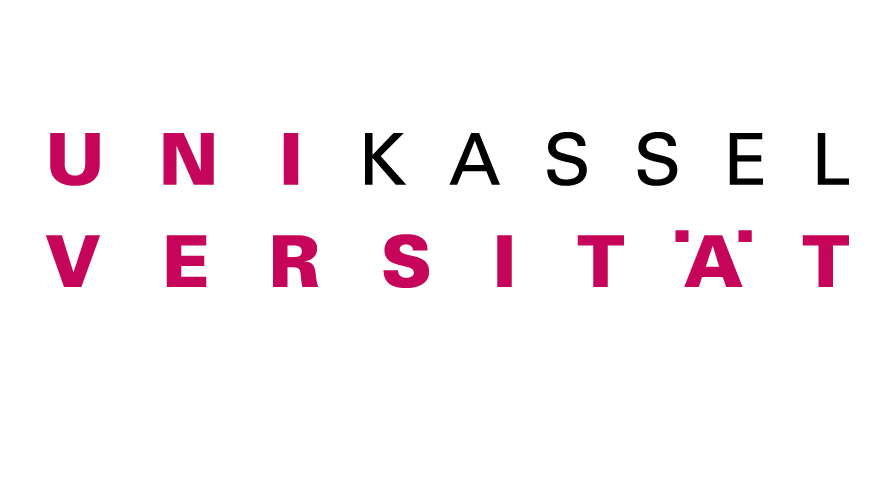This page contains automatically translated content.
Langzeitkorrektur von Kurzzeitwindmessungen: Vergleichstest der Universität Kassel liefert erstaunlich gute Ergebnisse

Im Zuge einer Windparkplanung werden am vorgesehenen Standort die Windverhältnisse gemessen und bewertet. Diese Windmesskampagnen dauern typischerweise ein Jahr und die Messergebnisse müssen für die Ertragsprognose des geplanten Windparks mit langjährigen Winddaten abgeglichen werden. Bei diesem als Langzeitkorrektur bezeichneten Verfahren werden durchschnittliche, langjährige Werte des Windpotentials (und damit auch der Energieerträge) ermittelt und auf diese Weise den saisonalen und interannuellen Schwankungen im Winddargebot Rechnung getragen.
In ihrem Vergleichstest gingen die von Ramboll CUBE GmbH und Fraunhofer IEE unterstützen Forscher der Universität Kassel nun unter anderem der Frage nach, ob die Windmesskampagne in der Planungsphase möglicherweise deutlich verkürzt werden kann. Mit einer Verkürzung der Messdauer könnte die Realisierung von Windparkprojekten beschleunigt und Kosten eingespart werden. Bislang wurde davon ausgegangen, dass die Unsicherheiten der Vorhersage des langfristigen Windpotentials bei einer Verkürzung der Messkampagne massiv stiegen, d.h. die Ergebnisse der Langzeitkorrektur deutlich weniger verlässlich wären.
Genau diese Verlässlichkeit ist für die Wirtschaftlichkeit eines Windparkprojekts allerdings enorm wichtig. Die technologischen Weiterentwicklungen der letzten Jahre sowohl im Bereich der Windmessungen als auch der Langzeitkorrektur sind jedoch beachtlich, weshalb diskutiert wird, ob unter bestimmten Bedingungen auch kürzere Messdauern ausreichend sein können.
Grund genug für die Forscher, diesen Aspekt im Rahmen des vom Bundesministerium für Wirtschaft und Energie (BMWi) geförderten LiMeS-Forschungsprojekts mit Hilfe eines Vergleichstests, in dem eine auf drei Monate verkürzte Messkampagne simuliert wurde, genauer zu untersuchen. Hierzu erhielten auf dem Gebiet Windpotenzialbestimmung erfahrene Windgutachter, Projektplaner und Windenergieanlagenhersteller Messdaten dreimonatiger Zeiträume verschiedener Jahreszeiten und führten damit eine Langzeitkorrektur durch.
Diese Daten waren Ausschnitte zweijähriger Windmessungen an zwei Messstandorten. Auf diese Weise konnten die Forscher auf die Unterschiede zwischen verschiedenen Standorten eingehen und zudem anhand der Messdaten im restlichen Zeitraum die Resultate überprüfen und analysieren. Die Ergebnisse sind beachtlich: Die durchschnittlichen Abweichungen und die Streuung der Ergebnisse der Teilnehmer lagen im unteren einstelligen Prozentbereich, was bei solch kurzen Messzeiträumen eine überraschend hohe Genauigkeit darstellt. Insbesondere bei Messzeiträumen im Herbst gelang es den Teilnehmern ausgesprochen gut, die Windverhältnisse zu reproduzieren.
Dass solch hohe Genauigkeiten bereits bei derart kurzen Messdauern von drei Monaten erreicht wurden, stimmt die Forscher optimistisch hinsichtlich einer möglichen zeitlichen Verkürzung von Windmesskampagnen. Hierfür ist allerdings noch weitere umfangreiche Forschung nötig, insbesondere bezüglich einer größeren Anzahl verschiedener Messstandorte. Zudem ist ein detailliertes Verständnis für den Einfluss verschiedener meteorologischer Randbedingungen auf die Ergebnisse der Langzeitkorrektur wichtig. Auf den Ergebnissen des Round Robin Tests aufbauend werden die Forscher daher nun weitere Analysen durchführen. Erwartet werden neue Ergebnisse im Laufe des Jahres.
Weitere Informationen zum Round Robin Test sind im Abschlussbericht dargestellt, der auf der Homepage der Universität zu finden ist: http://www.uni-kassel.de/eecs/fachgebiete/integrierte-energiesysteme/aktuelles/nachrichten/article/langzeitkorrektur-von-kurzzeitwindmessungen.html
Informationen zum vom BMWi geförderten Projekt LiMeS finden sich unter: http://www.uni-kassel.de/eecs/fachgebiete/integrierte-energiesysteme/forschung/limes.html
Kontakt:
Alexander Basse
Universität Kassel
Fachgebiet Integrierte Energiesysteme
Tel.: +49 561 804-6169
E-Mail: alexander.basse[at]uni-kassel[dot]de